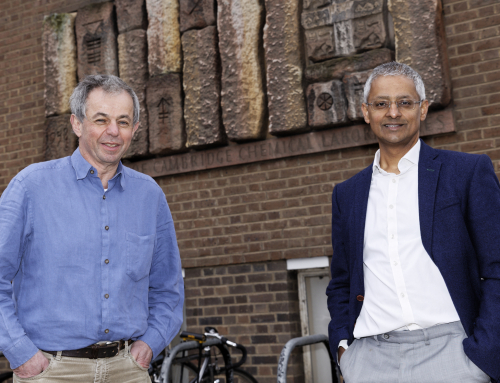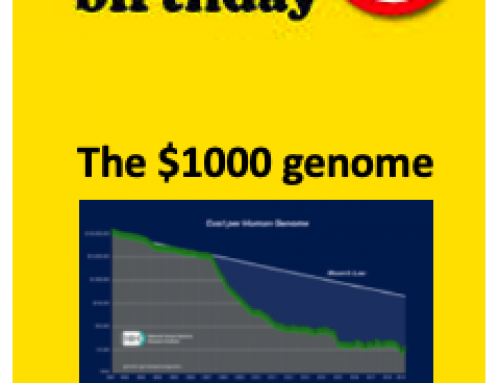Last night I watched in amazement as a beating heart was brought into the UK for transplant surgery – the heart was kept alive in the OCS HEART system. The BBC program Heart Transplant: A Chance to Live is outstanding TV and if you can access it then take the time to do so. The program follows the treatment, and surgery, of seven patients – expect to shed a few tears, both of joy and sadness.
Heart transplants are only 50 years old but as with all other organ transplants getting hold of a suitable organ is difficult. Issues like tissue matching, suitability of donors, and donor disease reduce the number of available organs significantly. The shortage could be reduced if organs could be transported across national or even international boundaries but often the time delay is simply tot long and the organ won’t survive the journey.
This is where Ex Vivo Perfusion comes in (read this review on PubMed), and the OCS Heart system machine makes its appearance. The technique is so simple I wonder why we’ve not been doing it for years. Simply connect organs up to an oxygenated blood supply to keep them “alive” during transport. The benefits are easy toi understand, organs can come in from far away, and doctors don’t have to rush to rip the heart out of the recipients body because their in a rush to get the new one in. There is a scene where the surgeon makes a hole in the pulmonary artery of a young boy – we were all quite literally on the edge of the couch as one doctor used his finger to plug the hole (blood squirting out quite violently) while the other doctor sewed the hole up as quickly as possible.
TransMedics OCS HEART system:
The Organ Care System is a portable ex-vivo organ perfusion system which can preserve a donor heart in a near-normothermic beating state from retrieval until it is transplanted. It was developed to overcome the challenges of getting hearts to patients with minimal damage. The BBC clip below features a beating heart in an ambulance!
The donor heart is plugged into the OCS Heart system after removal from the donor. Just over a litre of donor blood is collected and used to keep the heart healthy. It remains beating until the surgical team are ready to put it into the donor.
Without the system a donor heart would normally be preserved using cold ischaemic storage – basically a cool box similar to the one you’ll be using this weekend to keep your beers cold at the beach! In fact they wheel the non-sterile Coleman cool box from the street directly into theatre – so much for infection control. With a maximum preservation time for donor hearts of just 6 hours a cool box is not so great. Googlemaps suggests I could get from A toB as long as the traffic were OK.
Can the NHS afford not to use this tech:
A challenge is going to be costs, especially with the NHS in such dire straits. The OCS Heart system costs £180,000 and “consumables” mean each use is around £30,000. NICE compare this to the costs of a cool box and cold ischaemic storage at just £50-100. At 200 heart transplants per year if the OCS tech can increase this to 250 costs for the NHS go up by £1.5 million – but only for the OCS component. Each of those new 50 patients needs the surgical team and clinical care (including pre-operative support on a heart-assist device) which are likely to cost well in excess of £100,000 per patient?
But watch the program and I think you’d find it hard not to justify the expenditure. I doubt anyone can watch this and not see truly amazing progress.
I know how I’d feel if a donor in the Netherlands was a match, Amsterdam is closer to me than Birmingham!
PS: Sorry if the BBC content does not work for you…we pay a quaint tax called the licence fee, which is currently more expensive than NetFlix.








Leave A Comment